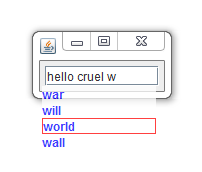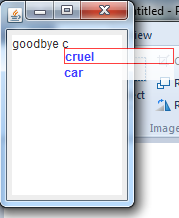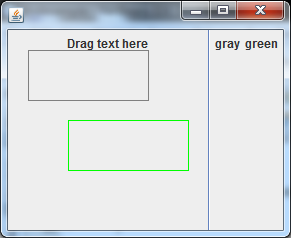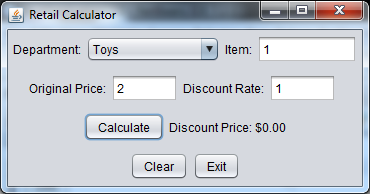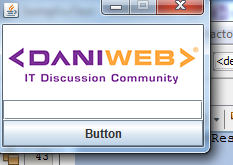The whole thing is quite a heap of code - not sure it's worth posting it all. Any particular areas you think may be interesting?
Understandbly it should be a heap of code :).
Areas that are interesting?!? Definitely the below:
things like gravity, air resistance, and lossy bouncing
